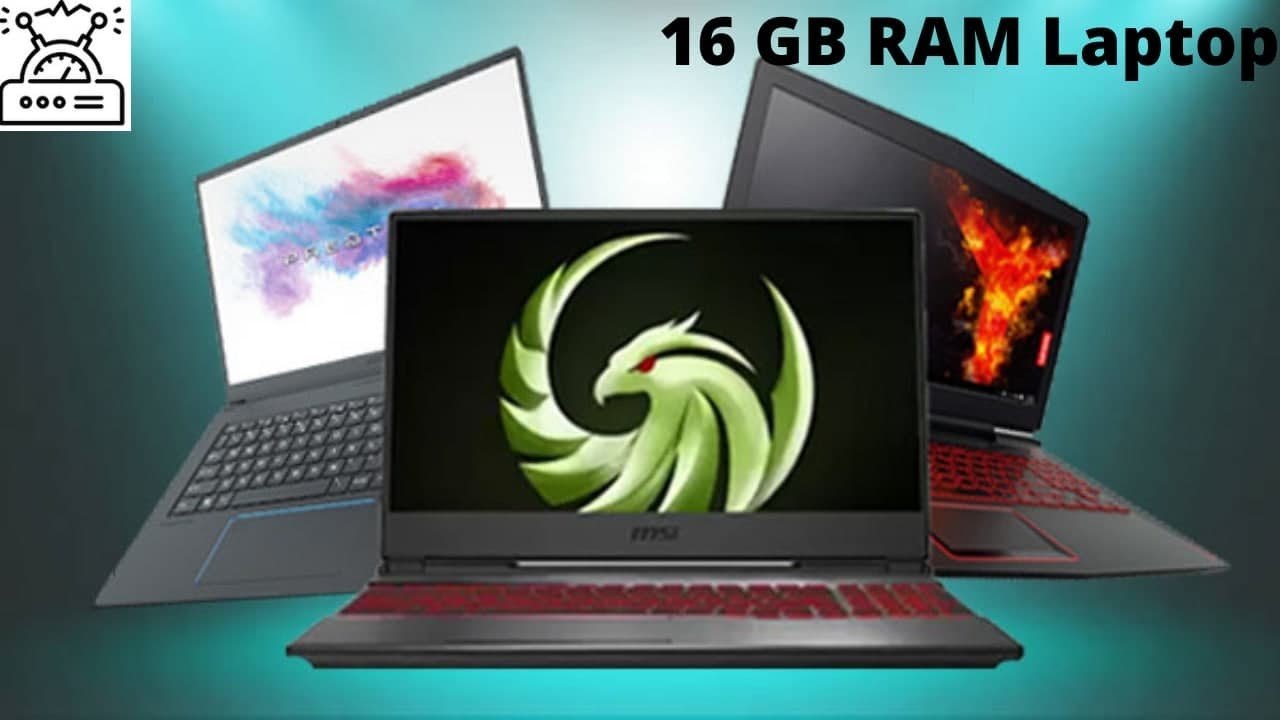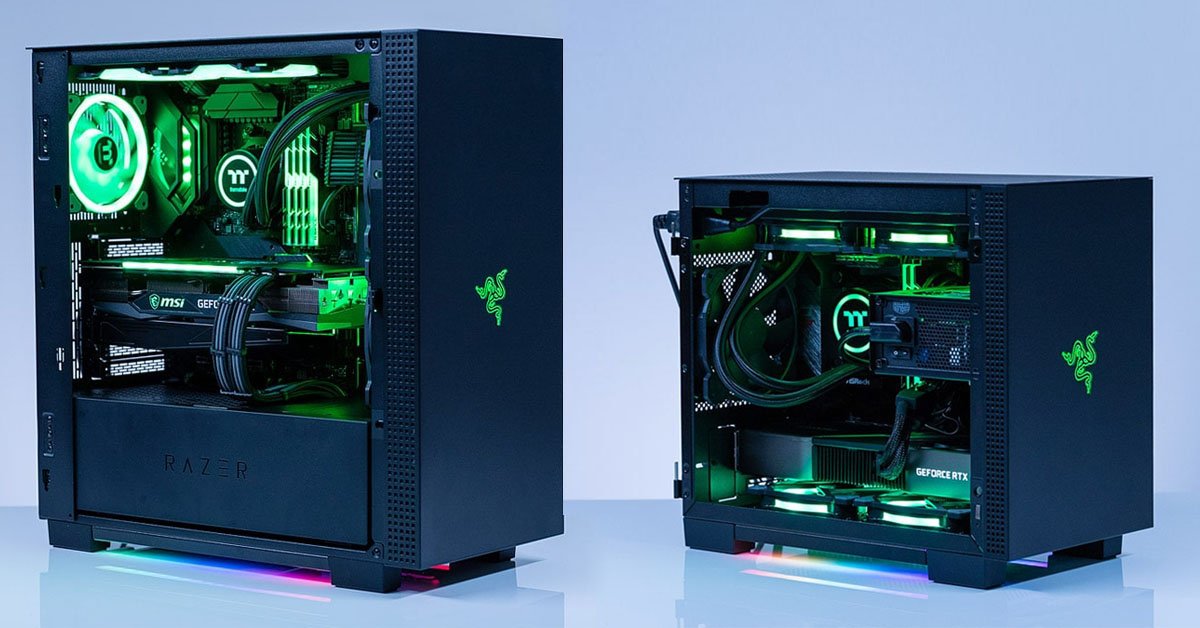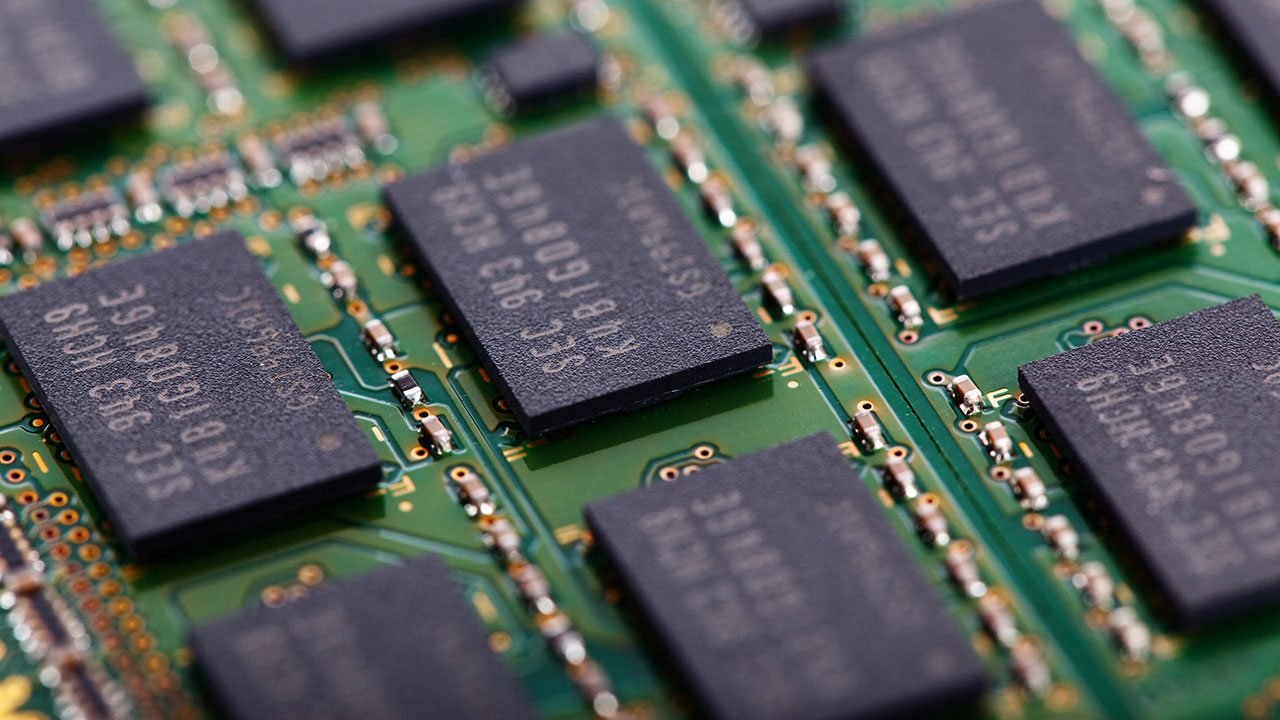External RAM for Laptops: A Comprehensive Installation Guide

In technological innovation, laptops are fundamental tools for various obligations, ranging from professional endeavors to entertainment sports. However, the efficacy and speed of a computer heavily hinge upon its Random Access Memory (RAM). As users seek to optimize their laptops’ performance, utilizing external RAM has emerged as a promising solution to augment and extend a laptop’s memory capacity.
Introduction to External RAM for Laptops
In the constantly evolving realm of computing, pursuing faster and more capable devices remains relentless. External Random Access Memory (RAM) stands out as an appealing option to augment a laptop’s memory capacity, extending its capabilities beyond the limitations posed by internal specifications. This external RAM expansion is a promising solution for users seeking enhanced performance, allowing laptops to handle more demanding tasks and applications without being solely bound by the constraints of their internal memory. By harnessing the potential of external RAM, users can elevate their laptop’s functionality and responsiveness, catering to the increasing demands of modern computing requirements.
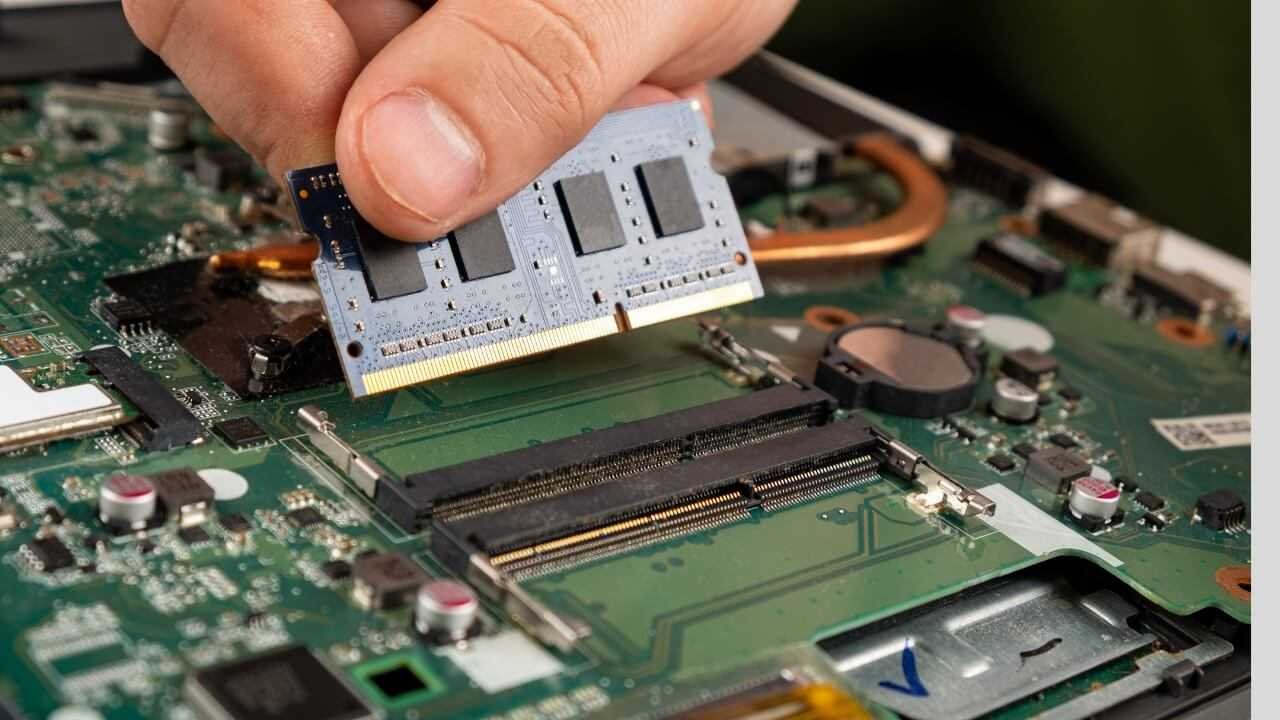
Understanding the Importance of RAM in Laptops
RAM acts as an essential intermediary between a computer’s processor and storage, permitting speedy get entry to records that the processor actively calls for. When RAM potential falls short, it can create overall performance constraints, resulting in bottlenecks that impede clean multitasking and software operations. Insufficient RAM restricts the processor’s ability to manipulate simultaneous obligations correctly, which is central to fact retrieval and processing delays. Consequently, the gadget might also experience sluggishness, delays in software responsiveness, and a reduced ability to address applicable resource-in-depth processes. Adequate RAM guarantees that the processor has enough space to get admission to and control records hastily, optimizing everyday device performance and enabling smoother execution of responsibilities throughout diverse applications and software.
What is External RAM?
External RAM, referred to as supplementary or portable memory, augments a laptop’s internal memory by furnishing extra RAM from an external source. This supplemental memory typically connects through ports like USB or Thunderbolt, integrating seamlessly with the laptop’s existing memory pool. By employing these connection interfaces, the external RAM extends the system’s memory capacity, allowing for increased multitasking capabilities and improved performance, particularly for tasks requiring extensive memory usage. This supplementary memory solution serves as an add-on, providing temporary or portable memory expansion that can be detached or connected, offering users the flexibility to enhance their laptop’s memory capacity beyond its internal limitations.
Benefits of Using External RAM for Laptops
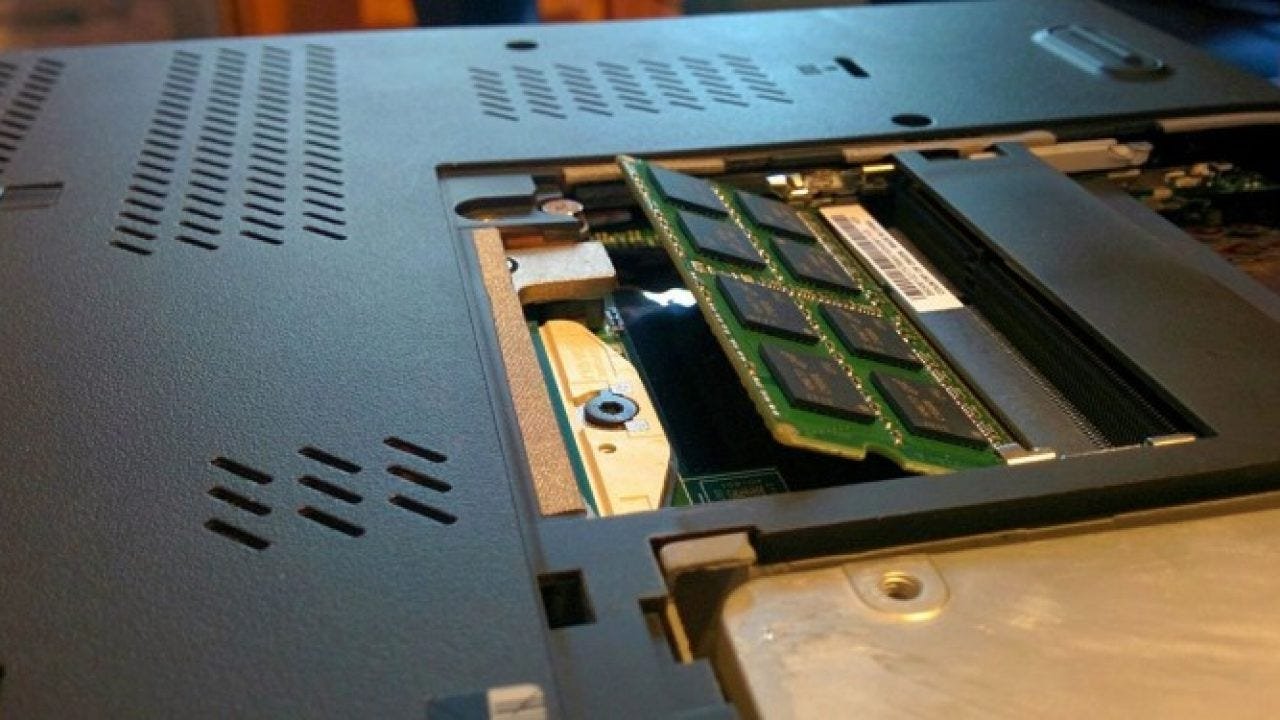
A.Enhanced Performance
Supplementing a laptop’s RAM is known to enhance the performance of a computer system significantly. Multitasking capabilities, ensuring smoother performance when managing multiple resource-intensive applications concurrently. By increasing the available memory capacity, additional RAM enables the system to handle a larger volume of data and processes simultaneously. This enhancement minimizes performance bottlenecks, reducing lags or slowdowns when running demanding software or multitasking extensively. The added RAM is a buffer, accommodating a broader range of applications and tasks without overwhelming the system’s memory capacity. Ultimately, this expansion provides:
- A more seamless and responsive user experience.
- They enable the laptop to operate more efficiently under heavier workloads or while running complex applications.
- It enhances productivity and overall system performance.
B.Flexibility and Portability
External RAM’s portability allows users to enhance memory across different laptops, ensuring a consistent performance upgrade across multiple devices. This versatility will enable individuals to use the external memory module interchangeably on various laptops, contributing to a seamless transition between devices without compromising enhanced memory capacity. Users can effectively augment the available memory by connecting the external RAM for Laptops to different laptops via compatible ports, regardless of the specific laptop model or configuration. This portability feature offers convenience and extends the benefits of expanded memory to multiple devices, providing an adaptable and practical solution for improving performance and multitasking capabilities across various computing platforms.
Cost-Effectiveness
Compared to upgrading internal RAM, opting for external RAM for Laptops proves more cost-effective, especially for users seeking an immediate performance boost without the expense of interior hardware upgrades.
How Does External RAM Work for Laptops?
External RAM operates like internal RAM. While using the laptop, it is evident that… (Please let me know if you have any specific context or information to add so that I can make the rewrite more accurate.)ports to communicate and transfer data seamlessly with the device. Through compatible connection ports such as USB or Thunderbolt, the external RAM for Laptops establishes a link with the laptop, enabling the transmission of data between the external memory module and the laptop’s processor. This process allows the computer to access the additional memory resources offered by the external RAM, augmenting the device’s existing memory pool for improved multitasking and overall performance. By connecting to these ports, the external RAM for Laptops extends the laptop’s memory capacity, facilitating smoother data exchange and operations between the external memory module and the device and enhancing its functionality beyond its internal memory limitations.
Factors to Consider Before Purchasing External RAM
Compatibility
Ensuring compatibility between the external RAM for the Laptop device and the laptop’s model and specifications is paramount to avoid potential issues during installation or usage.
Capacity and Speed
Selecting the appropriate capacity and speed of external RAM hinges on the user’s specific requirements and usage patterns, ensuring optimal performance gains.
Brand and Reliability
Opting for renowned brands assures reliability and longevity, mitigating potential performance or compatibility concerns and ensuring a seamless user experience.
Installation Process of External RAM for Laptops
The installation process of external RAM for Laptops generally involves user-friendly steps, including connecting the external RAM for the Laptops device to the laptop’s designated port and following provided instructions or software prompts.
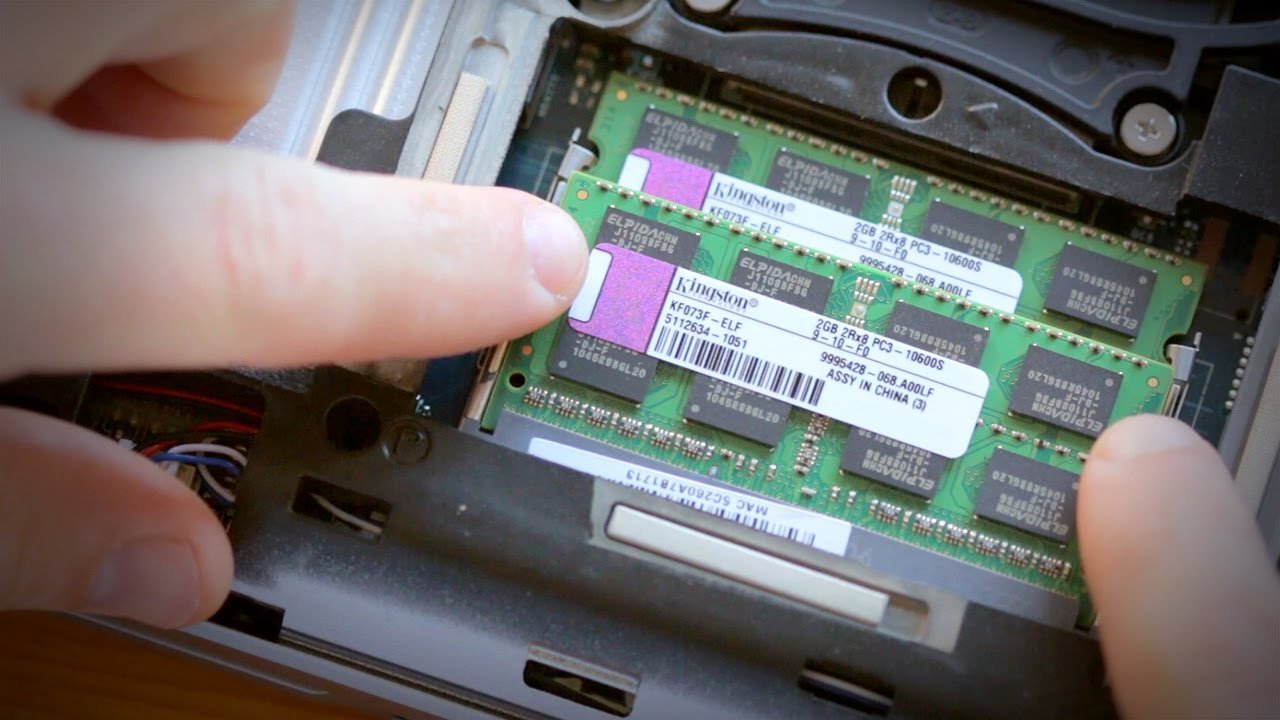
- Tips for Maximizing the Performance of External RAM
Apart from installation, optimizing the usage of external RAM for Laptops involves:
- Implementing regular software updates.
- Managing background applications efficiently.
- Tweaking settings to harness the maximum potential of the additional memory.
Comparison: External RAM vs. Internal Laptop RAM
Comparing the differences between external and internal laptop RAM offers users insights into the pros and cons of each, aiding in informed decision-making based on individual needs and budget constraints.
Top External RAM Options for Various Laptop Models
Highlighting recommended external RAM for Laptop options tailored for different laptop models, factoring in varying specifications and user requirements, facilitates a streamlined selection process for users seeking an immediate performance boost.
Addressing Common Misconceptions about External RAM
Dispelling common myths and misconceptions surrounding external RAM fosters clarity and understanding, offering users an accurate portrayal of its functionality and efficacy.
Real-Life Use Cases and Success Stories
Exploring real-world scenarios where external RAM for Laptops has substantially enhanced laptop performance provides users with tangible examples of its effectiveness in diverse usage environments.
The Future of External RAM Technology
Envisioning potential advancements and innovations in external RAM technology offers a glimpse into its evolving role in enhancing laptop performance, paving the way for future improvements and applications.
Conclusion
In summary, external RAM for Laptops emerges as a pivotal solution to amplify a laptop’s performance, offering enhanced multitasking capabilities, portability, and cost-effectiveness. Its seamless integration and performance enhancement potential make it a compelling choice for users seeking to optimize their computing experiences.
FAQS
2. Can multiple external RAM devices be used simultaneously on one laptop?Generally, laptops are designed to accommodate one external RAM device at a time. Using multiple external RAM devices simultaneously might not be supported by most laptops, as they are structured to utilize a specific amount of RAM effectively.
Generally, laptops are designed to accommodate one external RAM device at a time. Using multiple external RAM devices simultaneously might not be supported by most laptops, as they are structured to utilize a specific amount of RAM effectively.
3. Does external RAM completely replace the necessity for internal upgrades?
External RAM extends a laptop's internal memory, providing additional space and enhancing performance. However, it does not replace the need for interior upgrades entirely. Depending on your laptop's requirements and usage, interior upgrades like increasing internal RAM might still be beneficial for optimal performance.
4. What are the implications of disconnecting external RAM while the laptop is running?
Disconnecting external RAM while the laptop is operational can lead to the abrupt termination of applications or processes using that memory. To avoid data loss or system instability, it's advisable to safely remove or eject external RAM devices through the operating system's designated process.
5. Is there a risk of data loss associated with using external RAM?
When used appropriately and disconnected safely, external RAM typically doesn't pose a direct risk of data loss. However, abruptly disconnecting the external RAM without proper procedures could potentially result in data loss for processes or applications actively utilizing that memory.

